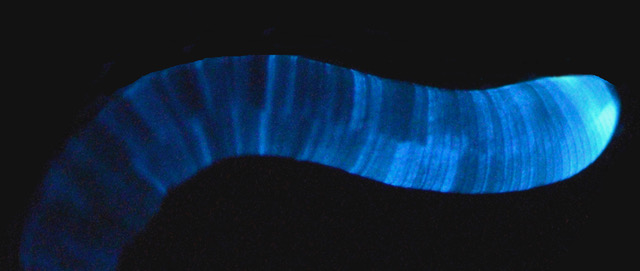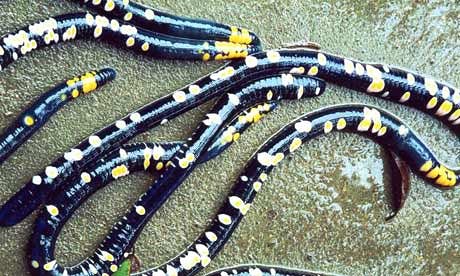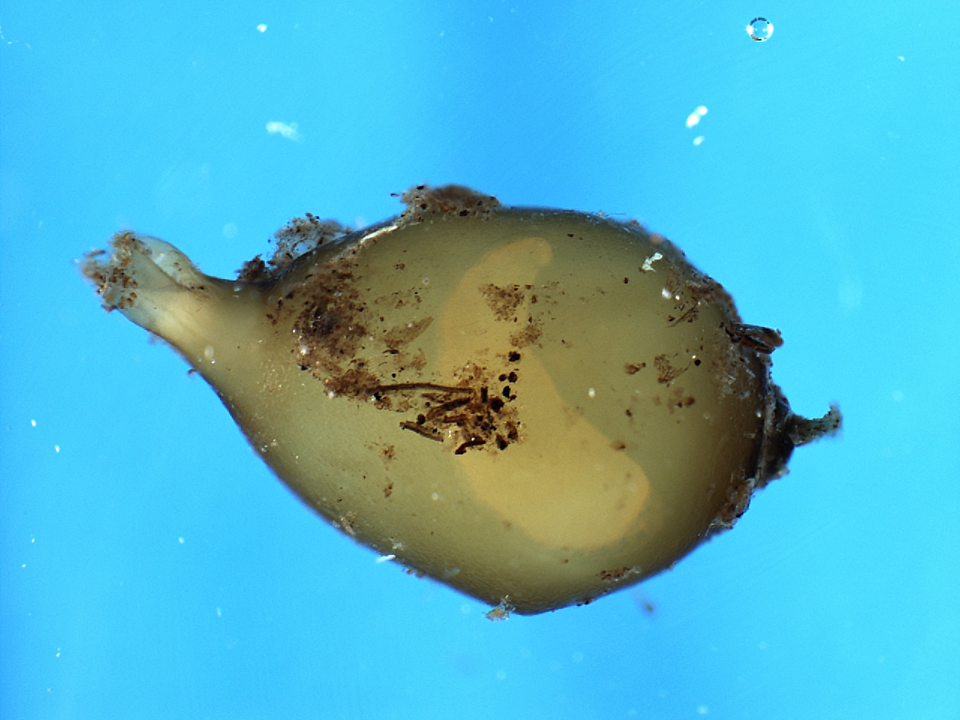
“The plough is one of the most ancient and most valuable of man’s inventions; but long before he existed the land was in fact regularly ploughed, and still continues to be thus ploughed by earth-worms. It may be doubted whether there are many other animals which have played so important a part in the history of the world, as have these lowly organised creatures.”
Charles Darwin, The formation of vegetable mould through the actions of worms, with observations on their habits, pg. 313
The earthworms digging about in your back yard are members of a large, ubiquitous group with a deep evolutionary history. There are over 6000 earthworm species, found on all continents except Antarctica. Most earthworms dwell in soil, but many live in leaf litter, decaying logs and riverbanks, while some live in trees and even along the seashore.
Earthworms are major terrestrial ecosystem engineers and their economic impact is immense—earthworms turn over, aerate and drain soils, providing crucial assistance to farmers and gardeners, and compost-dwelling species are used to process food waste and animal manures. Aristotle recognized their importance as the “Intestines of the Earth”, and their reputation was burnished by Charles Darwin in The Formation of Vegetable Mould through the Action of Worms. On the other hand, a Chinese sage said “watch the earthworm, miss the eclipse”, implying that there are better things to observe. We might disagree, especially in the cases of bioluminescent earthworms, one of which (Avelona ligra) was sampled for this project, wildly colored earthworms (e.g., Archipheretima spp.), and those capable of remarkable feats of climbing, some found 40 meters up in French Guyana rainforests.

Despite their value, earthworms are generally ignored until they are needed for bait or become a problem. Approximately one-third of the earthworm species in North America have been introduced from Europe or Asia. Some have been introduced into northern forests, which have been free from earthworms since the end of the last ice age ~11,000 years ago. Many other species in these forests rely on a deep layer of decaying leaf material, and earthworms are uniquely adapted to disturb this material.
Although earthworms are among the most familiar and economically important groups of large invertebrates, their evolutionary history is not well understood. As part of a collaborative effort funded by the US National Science Foundation to study annelid phylogeny, we harnessed high-throughput DNA sequencing to generate transcriptomes for representatives of nearly all of the eighteen living earthworm families as well as several groups thought to be closely related to them and used these data to infer phylogenetic relationships.

We found that the earthworm tree of life consists of two major branches, both with subgroups in the Northern and Southern Hemispheres. One of these branches includes at least three families, two found in eastern North America and one in Madagascar. The other branch contains the vast majority of earthworm species—the northern subgroup includes Lumbricidae, comprising nearly all familiar European species, and the southern subgroup includes Megascolecoidea (a group represented on all southern landmasses plus much of North America), two large Neotropical families and a tropical African family.
One long-standing question is whether the broad geographic distribution of earthworms is due to dispersal between continents (e.g., by rafting) or vicariance—riding the continents as they’ve drifted over several hundred million years—or a combination of these processes. We can use our phylogeny to assess the relative importance of these competing mechanisms, but to do so, we had to calibrate our phylogeny to the geological time scale.
Earthworms have left an impressive record of trace fossils, but it is difficult to determine which species made a particular set of fossilized burrows, since body fossils are extremely rare. However, earthworms and their relatives lay their eggs in cocoons, and sometimes these cocoons fossilize. Leech cocoon fossils are known from the late Triassic, 201 million years ago, which tells us not only the minimum age of leeches, but also the minimum age of the common ancestor of leeches and earthworms. We were able to use these fossils to calibrate our phylogeny and infer divergence dates.

Our analyses reveal that the ancestor of all living earthworms probably lived over 209 million years ago, making earthworms about as old as mammals and dinosaurs. Our date estimates for the divergences between the Northern and Southern Hemisphere subgroups of the two major branches of earthworms fall between 178-186 million years ago, coinciding with the breakup of the supercontinent Pangaea 180-200 million years ago and corroborating the hypothesis that continental breakup influenced early earthworm diversification. This also implies that earthworms likely inhabited Antarctica before the continent’s southward drift made it inimical to most terrestrial animal life.
Our phylogeny also provides a robust framework for investigating several questions about earthworm evolution. At several points in the phylogeny, earthworms have transitioned from terrestrial to aquatic habitats and vice versa. Most species in Clitellata (the group that includes earthworms) are aquatic, so earthworm genomes may retain ancestral genes that enable transitions between habitats. Alternatively, certain features may have been reinvented at each habitat transition. We have begun to explore this question, and hope to investigate other aspects of earthworm gene and genome evolution in our future work.
One Comment